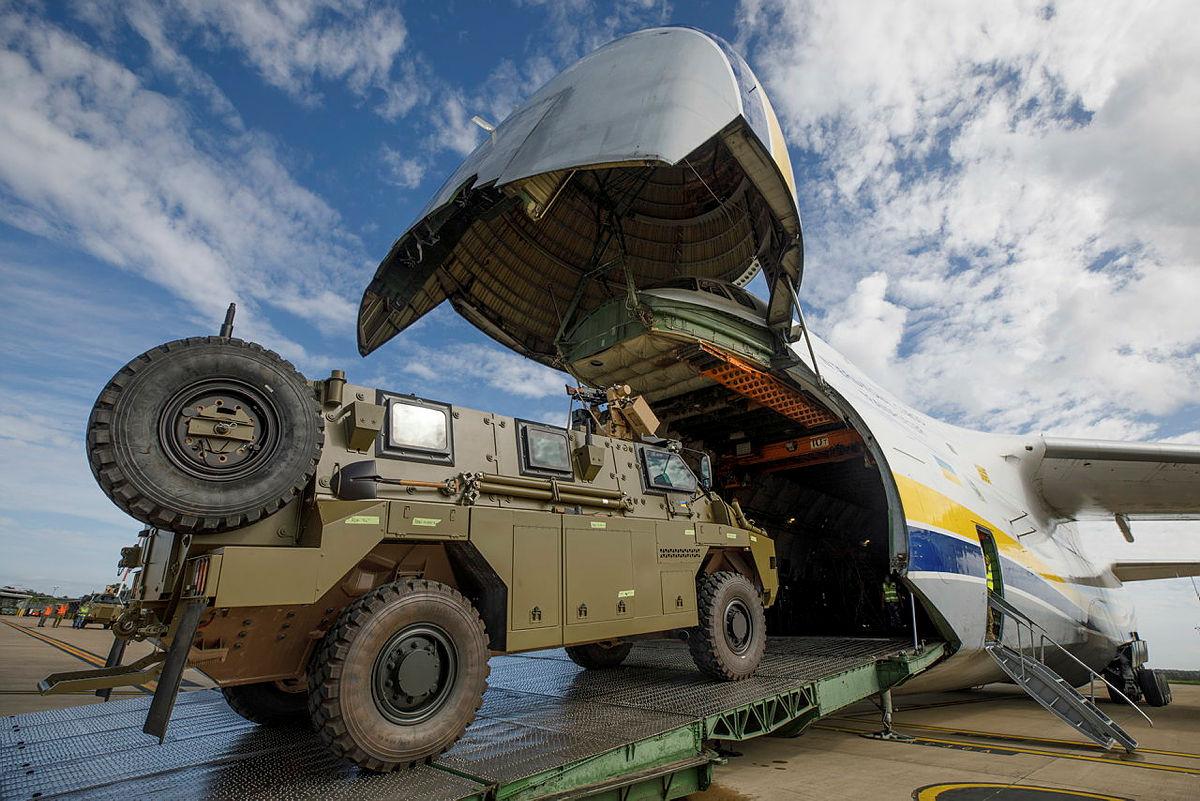
Sea state
General Dynamics Electric Boat was recently awarded a US$300 million ($446 million) contract modification to ramp up production of the Columbia class of next-generation US nuclear submarines. With the lead boat scheduled for delivery by the end of 2027, there are concerns that the US could face a capability interruption. Older Ohio-class submarines are slated for retirement around the same time, though a potential Ohio life extension is in the works. With the additional funding augmenting its own stretched production capability, it’s possible the US may be in a stronger position to help supply Australia with nuclear-powered submarines under the AUKUS agreement.
The Royal Australian Navy is about to conclude Exercise Autonomous Warrior, featuring personnel and organisations from Australia, the UK and the US, and testing various robotic and autonomous systems, or RAS. In 2020, the RAN released its RAS-AI Strategy, recognising the significant role these technologies will play in future conflict. The exercise is an opportunity to validate critical RAS technologies, such as surveillance, undersea warfare and mine countermeasures, and to test systems interoperability among the AUKUS partners.
Flight path
The US Air Force and Lockheed Martin have successfully test fired a hypersonic air-to-ground missile, the AGM-183A, from a B-52H Stratofortress strategic bomber. The missile is being designed as the first US hypersonic weapon that can operate at speeds of Mach 5, or over 5,600 km/h, but it has previously failed multiple tests. Intended to achieve operational status by 2023, a hypersonic missile would significantly boost the US capacity to match Chinese and Russian advancements in hypersonic weaponry, like Russia’s Skyfall cruise missile.
The Swiss government is intending to sign a contract for 36 F-35A Lightning II fighter jets worth US$5.5 billion. The F-35A was chosen last year to replace Switzerland’s ageing F/A-18 Hornets. The decision angered opponents who pushed for a referendum to help overturn what they describe as an unnecessary ‘Ferrari’ option. The decision to proceed with the US multirole stealth fighter already operated by NATO members, will improve Switzerland’s capacity to work with NATO militaries while it maintains its policy of neutrality.
Rapid fire
Australia has promised another instalment of military aid in support of Ukraine’s defence against Russian forces. In addition to earlier commitments, Australia will provide 14 M113 armoured personnel carriers and a further 20 Bushmaster troop carriers, 60 pallets of medical supplies, three pallets of radiation-monitoring and personal protective equipment, and a training package for the Bushmasters. The new package brings Australia’s cumulative support to Ukraine to more than $285 million so far.
With the Russian army taking control of the Azovstal steelworks, the drawn-out battle for Mariupol has ended. This victory will allow Russia full control of the land route linking the Crimean peninsula to Russia and free up some of its forces for an increased offensive in the Donbas. In what has been deemed ‘a gruelling artillery duel’, Russia’s indiscriminate bombardments have devastated the region, destroying civilian structures, command centres and ammunition depots. Despite these losses, Ukraine has ruled out any ceasefire that concedes territory to Russia.
Final frontier
Boeing has become only the second corporation to dock a capsule with the International Space Station, repeating the feat accomplished by SpaceX three years ago. Starliner, Boeing’s reusable next-generation spacecraft, carried more than 220 kilograms of cargo and supplies from its launch site at Cape Canaveral in Florida to the seven astronauts currently aboard the station. Following the success of this test flight, Boeing will likely step up to manned flights, providing NASA with an alternative to SpaceX’s Dragon capsules for astronaut-transfer missions to and from the ISS.
The day before Starliner docked, Virginia-based Information and Technology company CACI announced the success of its Mandrake II program. This experiment saw satellites in low-earth orbit successfully exchange more than 200 gigabytes of data using laser communication. CACI partnered with the US Defense Advanced Research Projects Agency (DARPA) and US Air Force to test the lasers, which facilitate far more efficient intercontinental communication than radio technology. This is a major step towards establishing DARPA’s long-desired ‘mesh network’ or ‘constellation’ of integrated US satellites.
Wired watchtower
Canada’s government has announced a ban on Huawei and ZTE in its 5G networks by 2024, joining the other members of the Five Eyes intelligence alliance. Its statement highlighted national security concerns that Chinese tech giants could be forced to follow ‘extrajudicial directions from foreign governments’ in ways that could ‘conflict with Canadian laws or would be detrimental to Canadian interests’. The decision has been years in the making and providers already using Huawei or ZTE technology in their 5G networks in Canada will be required to remove it. For its part, Huawei called the ban ‘a political decision’ made under pressure from the US.
A recent report by The Economist revealed the success of Russian propaganda outside the West. After studying 7,756 Twitter accounts that used the #IStandWithPutin or #IStandWithRussia hashtags at least five times in the first 12 days of Russia’s invasion of Ukraine, The Economist identified that while almost half were banned or deleted by Twitter, around 4% of the remaining accounts were suspicious and likely to have real people paid to promote pro-Russian narratives behind them. The effectiveness of these accounts in injecting pro-Putin messages into African and Asian online networks might help Russia weather joint sanctions from the West.